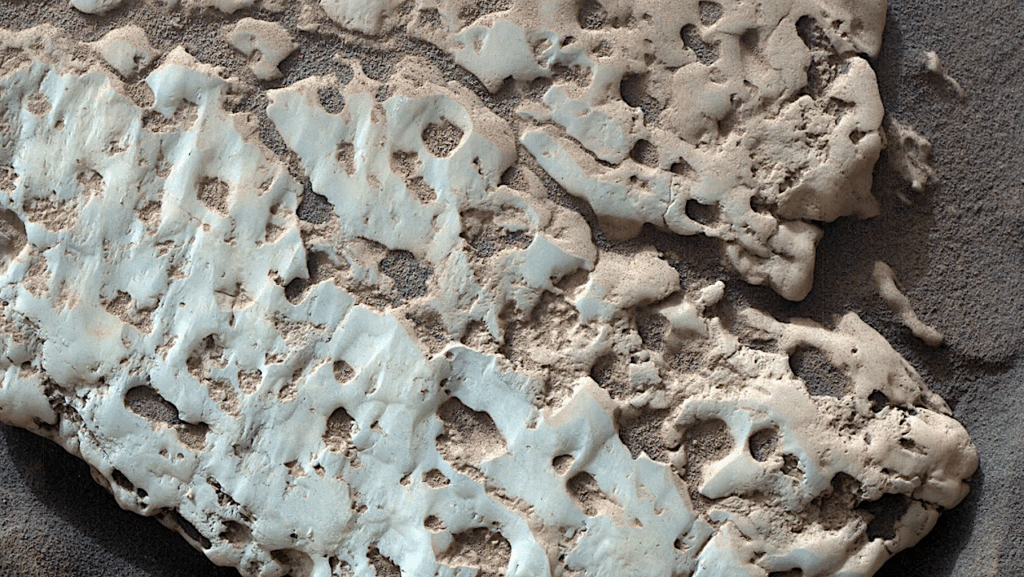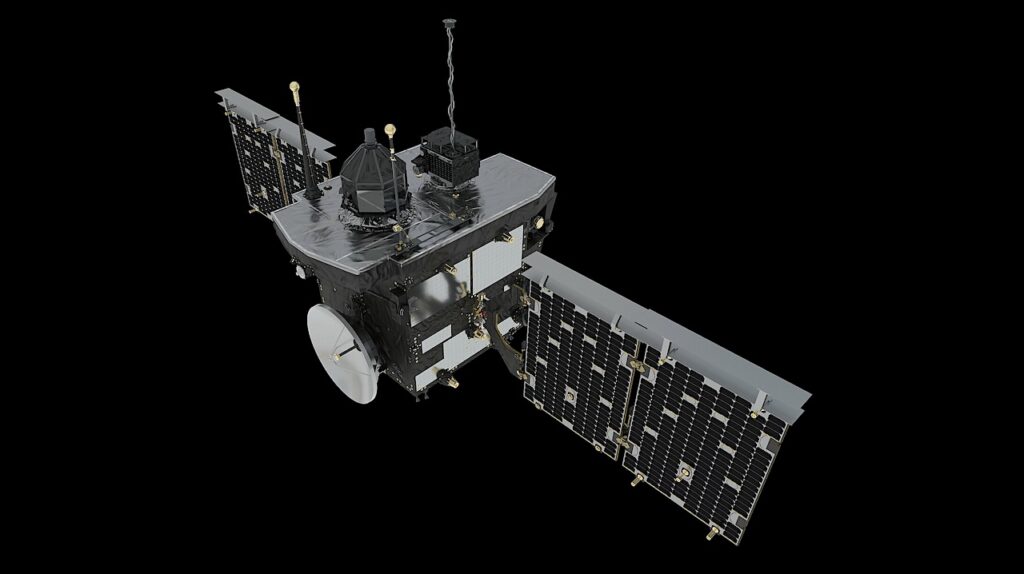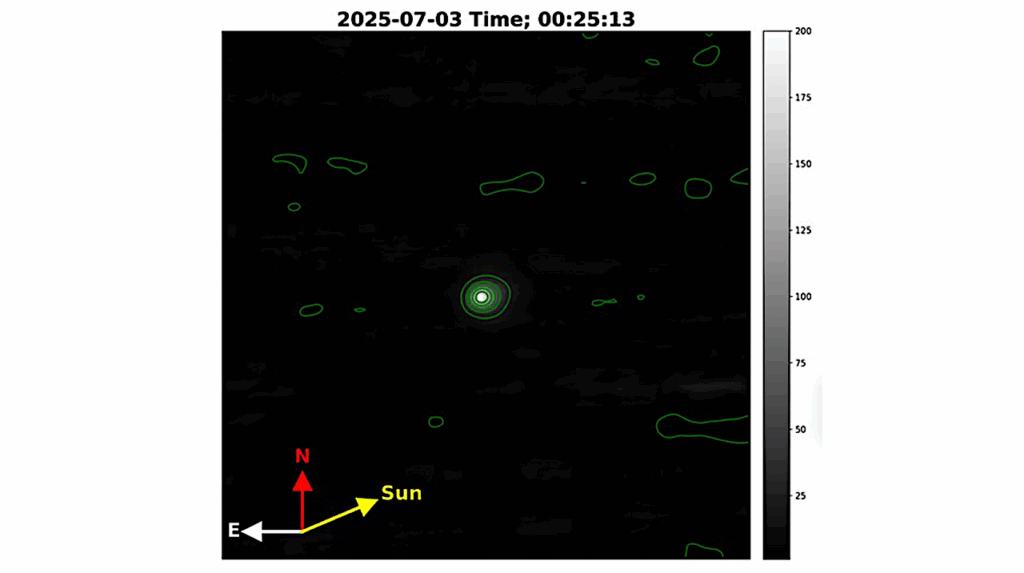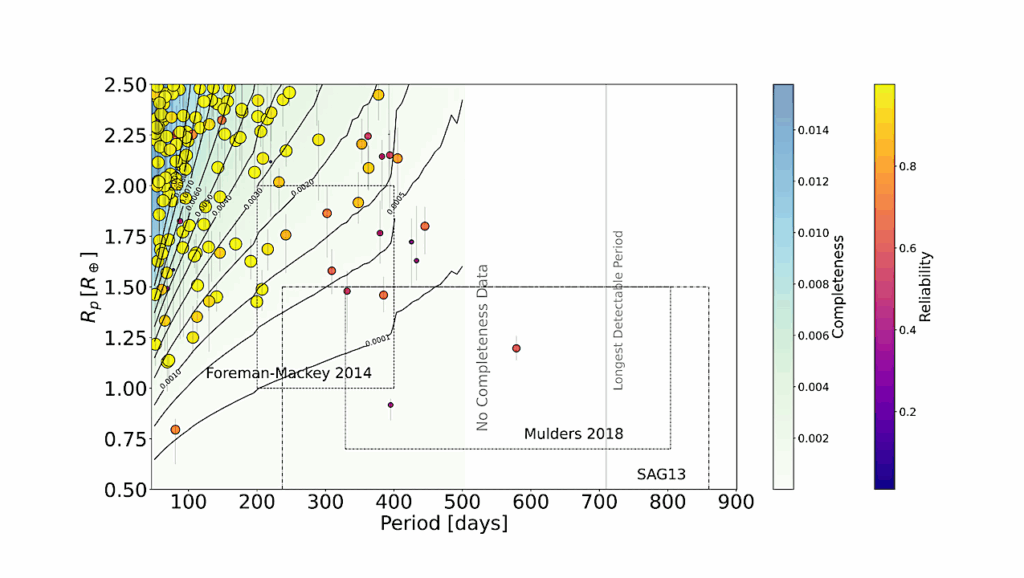Choosing The First Mars Samples Worthy Of Return To Earth
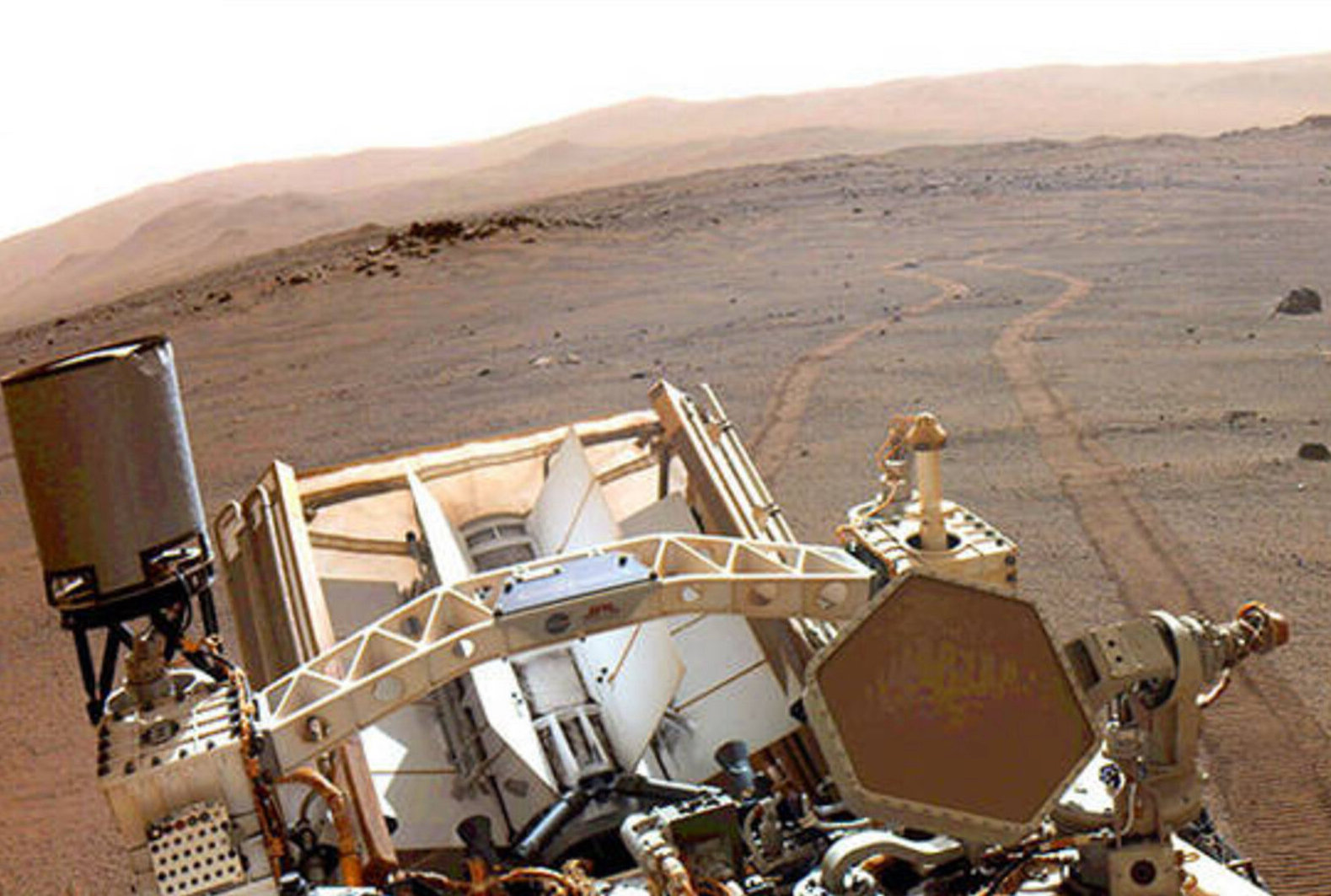
The first samples to be taken from Mars and sent to Earth will be sourced from Jezero Crater, where the Perseverance rover has been exploring the crater floor and nearby ancient delta.
The location of an initial cache of samples, called Three Forks, is flat and free of obstacles – an ideal spot for a Mars Sample Return landing and pickup operations.
The Mars Sample Return campaign is made of several missions to return the first scientifically selected samples from the surface of another planet. The first step of the campaign is already in progress – since Perseverance landed at Jezero Crater in 2021, the rover has explored over 13 kilometers and collected 14 samples with rock cores and martian air.
The plan is to drop 10 sample tubes at Three Forks.
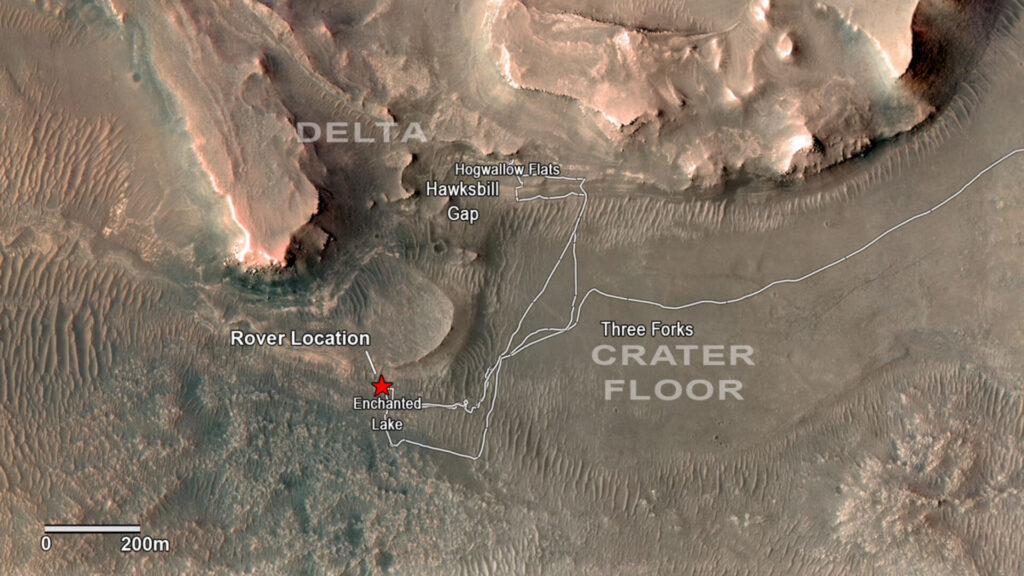
A road trip to Three Forks on Mars (Larger image)
“Never before have a scientifically-curated collection of samples from another planet been collected and placed for return to Earth,” says Thomas Zurbuchen, NASA associate administrator for science.
“NASA and ESA have reviewed the proposed site and the Mars samples that will be deployed for this cache as soon as next month. When that first tube is positioned on the surface, it will be a historic moment in space exploration,” adds Thomas.
Both agencies approved plans to start establishing a sample depot on the surface of Mars and complete the operation by beginning of 2023.
“Choosing the first depot on Mars makes this exploration campaign very real and tangible. Now we have a place to revisit with samples waiting for us there,” says David Parker, ESA’s director of Human and Robotic Exploration.
“That we can implement this plan early in the mission is a testament to the skill of the international team of engineers and scientists working for the Mars Sample Return campaign,” he adds.
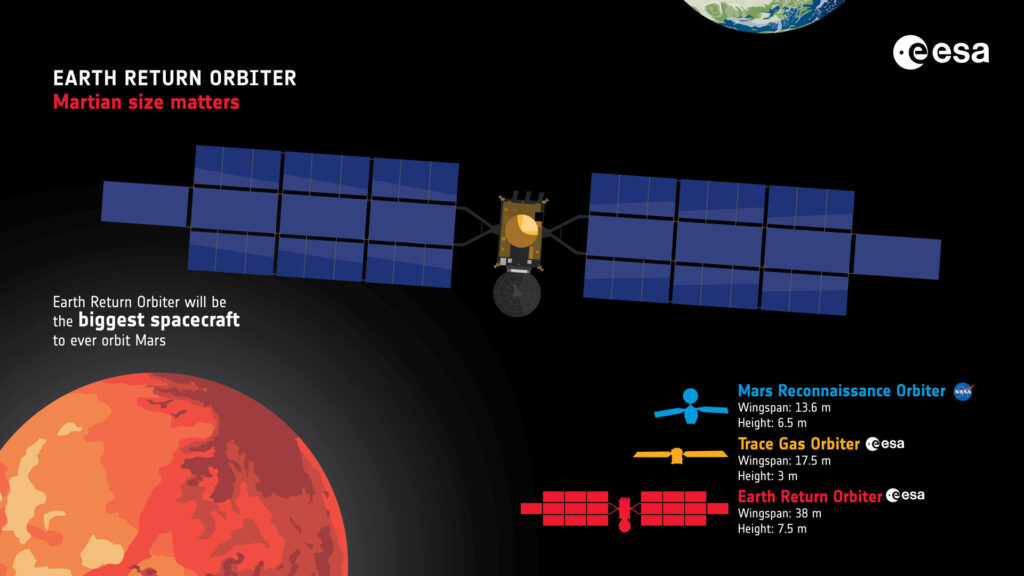
Earth Return Orbiter infographic (larger image)
New plans for the future
Europe is exploring Mars hand-in-hand with NASA. The next steps to return Mars samples to Earth in 2033 were agreed in July after a review of the campaign by an independent board.
On 19 October, the space agencies endorsed the plan to deposit the first cache of samples on the surface.
A reconfiguration of the campaign includes now two sample recovery helicopters instead of an additional rover. A recent assessment of Perseverance’s reliability and life expectancy increased confidence that the rover will be able to deliver samples to NASA’s Sample Retrieval Lander in 2030.
Until the first depot will be established, Perseverance is collecting two samples from each Mars rock – one to be left on the surface as part of a sample depot, and a second one that is held within the belly of the rover to be directly transferred to the Sample Retrieval lander.
ESA will give robotic assistance with the Sample Transfer Arm. The 2.5 m robotic arm will pick up the tubes filled with precious material from Mars and transfer them to a rocket for a launch into martian orbit.
In case Perseverance is not able to bring the sample tubes to ESA’s robotic arm in 2030, two small helicopters deployed by the lander will fetch them.
“The first depot of Mars samples can be considered as a major risk mitigation step for the Mars Sample Return campaign,” points out David.
The European Earth Return Orbiter will then be the first interplanetary spacecraft to capture samples in orbit and make a return trip between Earth and Mars.

Mars sample collection map 1-14
Martian diversity
European scientists are part of an international team giving advice on what samples to choose for return and the best analysis methods to use once they land on Earth.
The science community concluded that the igneous rocks and sedimentary rcoks found so far provide a scientifically-compelling case for samples to be returned.
Scientists are very excited about the diversity of the sample collection and the complexity of the individual samples. “Bringing these samples to our labs would allow us to achieve breakthrough science and understand the specific Jezero area,” says Gerhard Kminek, Mars Sample Return lead scientist for ESA
“We could also learn more about the environmental conditions on Mars at a time when life emerged on Earth, and maybe on the Red Planet,” adds Gerhard.
The job of Perseverance rover is far from done after its first sample cache. Next, Perseverance will head up to the top of the delta to collect many more Mars rock and dust samples as it ascends the delta in the coming year.
The Mars Sample Return campaign will revolutionise our understanding of Mars by returning samples for study by the best science teams using the most sophisticated instruments around the world.
This strategic partnership with NASA will be the first to return samples from another planet. The samples to be returned are thought to be the best opportunity to reveal the early evolution of Mars, including the potential for life.
Astrobiology


